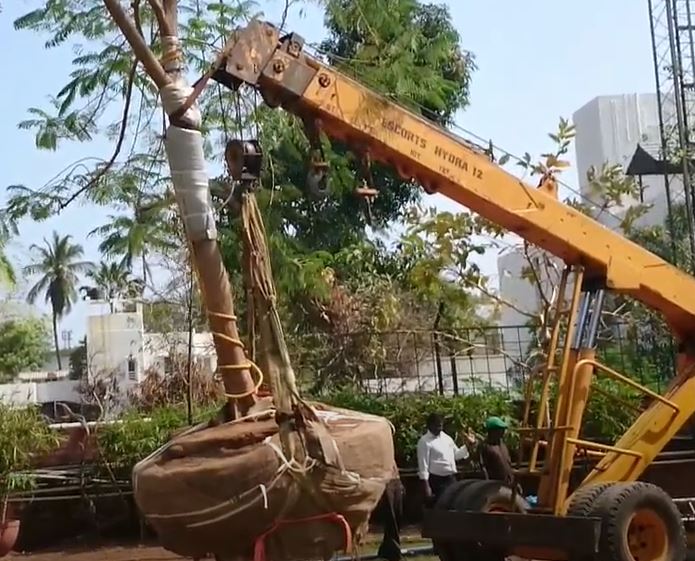Nature-based Solutions, also known as nature-based carbon projects or nature-based offsets, are initiatives that aim to mitigate climate change and reduce carbon dioxide (CO2) emissions by conserving, restoring, or enhancing natural ecosystems. These projects harness the power of nature to absorb and store carbon, helping to offset greenhouse gas emissions and promote ecological resilience.
Nature-based carbon projects typically fall into the following categories:
- Forest Conservation and Restoration:
- Avoided deforestation projects: These projects focus on preventing the conversion of forests into other land uses, such as agriculture or urban development, which helps to maintain the carbon storage capacity of existing forests.
- Afforestation and reforestation projects: These projects involve planting new trees or restoring degraded forests to increase carbon sequestration and enhance biodiversity.
- Sustainable Forest Management:
- Improved forest management practices: These projects aim to optimize timber harvesting, reduce logging impacts, and promote sustainable forest practices that maintain or enhance carbon stocks.
- Improved forest management practices: These projects aim to optimize timber harvesting, reduce logging impacts, and promote sustainable forest practices that maintain or enhance carbon stocks.
- Agroforestry and Sustainable Agriculture:
- Agroforestry projects: These initiatives combine tree planting or integration with agricultural practices to provide multiple benefits, including carbon sequestration, soil health improvement, biodiversity conservation, and increased resilience for farmers.
- Sustainable agricultural practices: Projects focusing on sustainable farming methods, such as conservation agriculture, organic farming, or regenerative agriculture, that enhance carbon sequestration in soils and reduce emissions.
- Coastal and Marine Ecosystem Conservation:
- Blue carbon projects: These projects protect and restore coastal ecosystems, including mangroves, seagrasses, and salt marshes, which are highly effective in sequestering and storing carbon.
- Coral reef conservation: Initiatives focused on preserving coral reefs, which act as carbon sinks and support marine biodiversity.
- Grassland and Wetland Restoration:
- Restoration of degraded grasslands and wetlands: These projects aim to restore degraded grasslands, peatlands, and wetlands, as these ecosystems store significant amounts of carbon and contribute to biodiversity conservation.
Nature-based carbon projects offer multiple benefits beyond carbon sequestration, such as biodiversity conservation, water resource management, erosion control, and climate adaptation. They provide opportunities for local communities to engage in sustainable livelihoods and contribute to broader sustainable development goals.
It’s important to note that the measurement, reporting, and verification of carbon emissions reductions and removals from nature-based projects often require robust methodologies and monitoring systems to ensure accuracy and transparency. Additionally, projects should follow recognized standards, such as the Carbon Registry-India standard (CRIS), Verified Carbon Standard (VCS) or Gold Standard, to provide credibility and assurance in the market.


